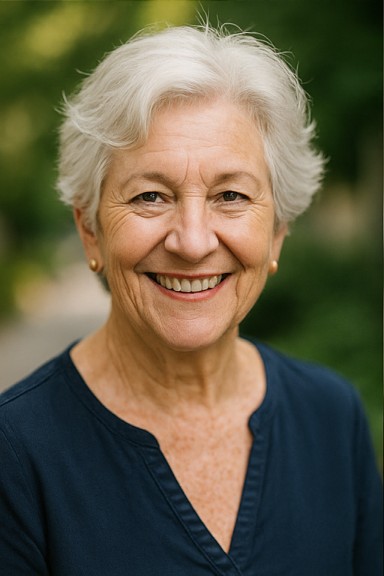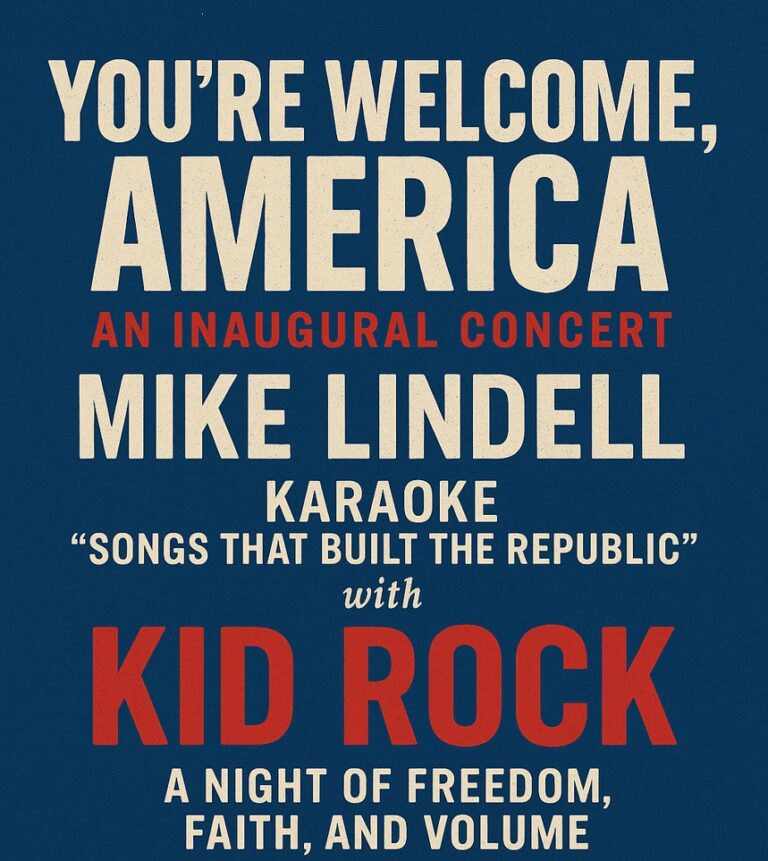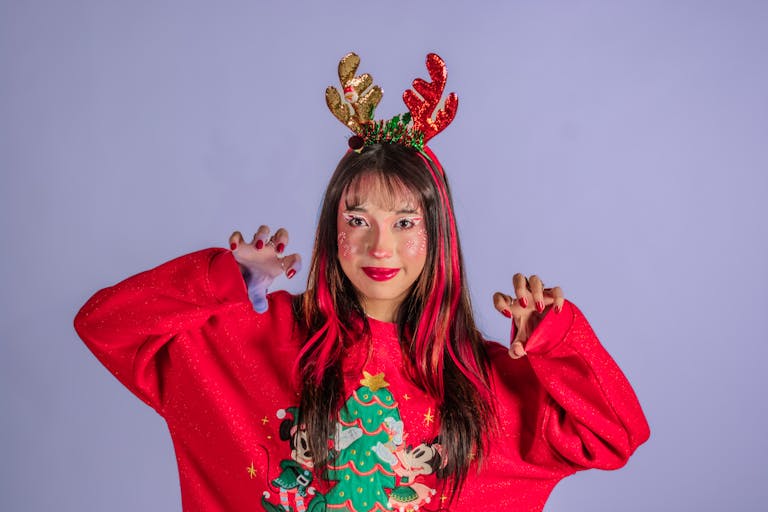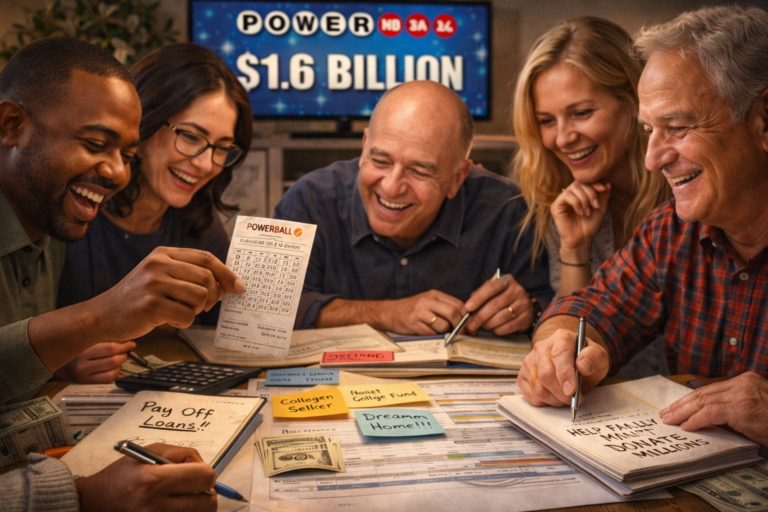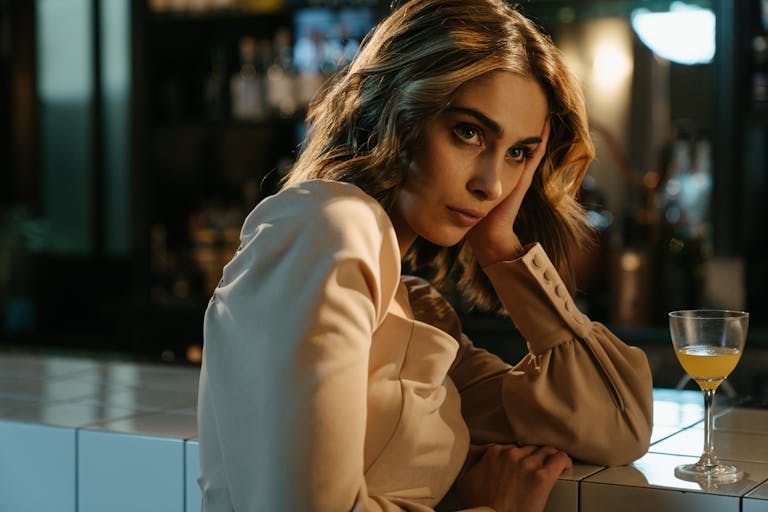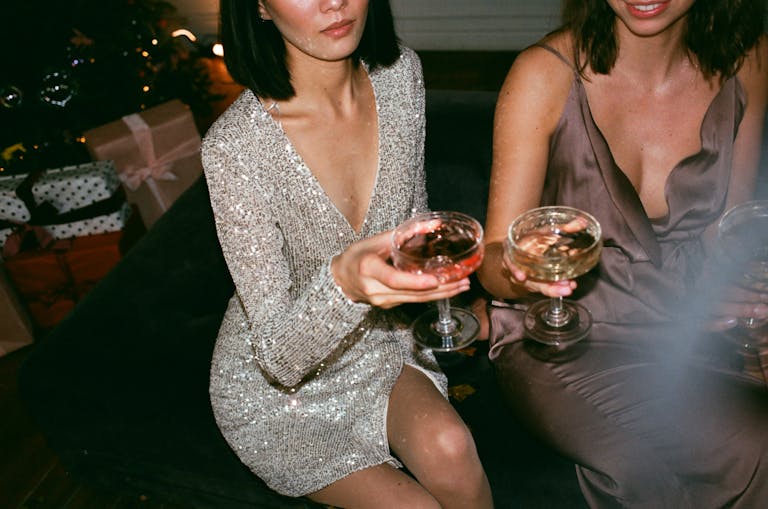Rebranding Emotional Baggage as ‘Vintage Trauma’ Helps Millennials Feel Curated
Babs Relata
Mockitor of Human Mistakes
Human Behavior Columnist
Your childhood wasn’t a mess, it was an aesthetic origin story. And now, thanks to good lighting and better language, your baggage is officially collectible.

Once, we called it “emotional baggage.” Now, it’s vintage trauma, selectively processed, moodboarded, and presented with the energy of a thrift haul reveal.
“I’m not dysfunctional,” said Kelly, 32. “I’m layered. I’ve been through things. And now I bring texture to relationships.”
This rebrand didn’t come from a therapist. It came from TikTok, where users are increasingly labeling their unresolved childhood issues with soft fonts and earth-tone filters, tagging them as “vintage trauma” to signal that while healing is in progress, the story is already a vibe.
According to psychologist Dr. Taryn Elo, this isn’t just internet irony, it’s semantic coping.
“We’re watching a generation wrap their pain in aesthetic language,” she explained. “It makes it shareable. It gives it a narrative arc. And crucially, it buys time between the breakdown and the reframe.”
From “attachment style but make it chic” to “undiagnosed ADHD with a touch of whimsy,” vintage trauma is now shorthand for emotional history that’s been styled, if not resolved.
“It’s trauma, but with patina,” said Babs Relata. “People don’t want to be broken. They want to be interesting.”
And the culture is catching on. Instagram therapy pages now sell “vintage trauma” merch. Pinterest boards frame phrases like “raised for survival, not connection” in gold frames. There’s even a dating profile trend where bios list “emotional damage, but curated” next to Enneagram types and moon signs.
Some therapists worry it minimizes the real work of recovery. Others argue it’s the only way many people can engage with healing without shutting down. “It’s like a weighted blanket for your inner child,” Dr. Elo said. “A little performative? Maybe. But also better than total denial.”
And for millennials who grew up bottling emotions and now express them via Canva, it’s a kind of victory. “I’m not hiding anymore,” Kelly said. “I’m just color-coding my trauma like an adult.”

